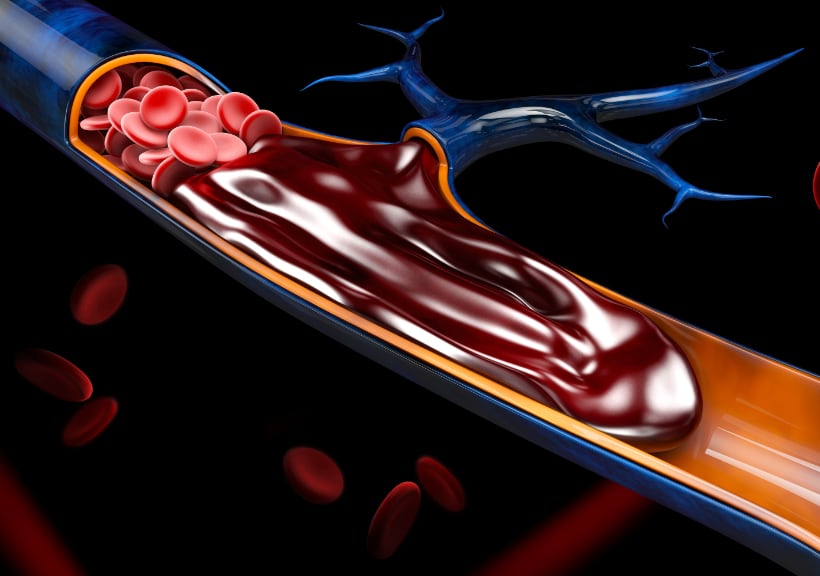A working group led by Dr Piotr Pruszczyk has produced a new position statement on the role of percutaneous intervention for patients with acute pulmonary embolism, with a particular focus on catheter directed thrombolysis (CDT). The group identified 8 key messages from their work:
- There is a range of CDT techniques, with limited evidence recommending one over another
- In high-risk PE systemic thrombolysis remains preferable in the first instance
- Patients with high risk PE and contraindication to systemic thrombolysis should be considered for embolectomy or CDT
- Rescue reperfusion (such as CDT) should be considered where there is failure of initial therapy
- Local MDT should be set up to standardise treatment and decision making
- The primary aim of CDT should be haemodynamic stability, partial reduction of thrombotic burden may be adequate
- Continuous monitoring of hemodynamic parameters is required during percutaneous intervention
- Full dose parenteral anticoagulation should be continued after completion of CDT, unless otherwise contraindicated.
This statement is important in the context of increasing interest in and use of percutaneous intervention for PE despite limited high quality evidence in this area. The position paper may encourage local service providers to focus on the role of a dedicated MDT. Interestingly the position paper lists 9 active or planned randomised controlled trials exploring this topic, so further evidence may be forthcoming.
See the full position paper here: DOI: 10.4244/EIJ-D-22-00246

